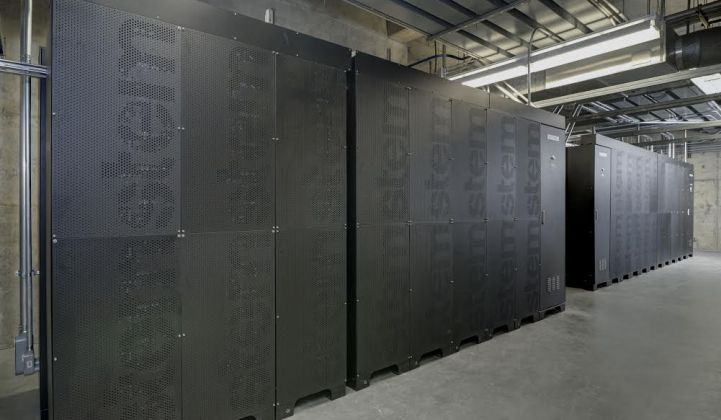California will soon release an updated evaluation of greenhouse gas emissions from storage systems participating in the Self-Generation Incentive Program. Unfortunately, due to incomplete policies and methodology, the state may again reinforce the erroneous narrative that customer-sited storage drives up emissions.
There’s a better approach for customer-sited storage designs and applications to be applied to the greatest benefit of the state, and to prevent storage from being artificially constrained from helping California reach its GHG goals. As it has done with programs, tariffs and incentives to encourage customers to reduce energy consumption or peak demand, or to shift consumption to better utilize resources and reduce costs, the state should apply the same approach to enable storage to maximize GHG emissions reductions.
Customer-sited or behind-the-meter (BTM) storage, sited anywhere on the grid, can enable higher penetrations of renewables, and in doing so, reduce systemwide GHG emissions. Furthermore, when energy storage is charging during the duck belly, it absorbs and shifts power to the ramp “neck,” helping to reduce greenhouse gas emissions by avoiding fossil ramping assets. These benefits should be recognized.
California must develop an accurate methodology based on a GHG signal
The California Public Utilities Commission (CPUC) issued a Decision in 2015 on Self-Generation Incentive Program GHG evaluation approaches (D.15-11-027) that acknowledged the need to improve the storage GHG methodology. Others agree: A Carnegie Mellon December 2016 study criticized the SGIP methodology’s operating assumptions and inattention to retail tariffs and load profiles, and suggested a shift to production cost modeling.
The CPUC methodology mistakenly assumes all BTM storage charging is done “off-peak,” that 100 percent of off-peak electrons are generated from combined-cycle gas turbines, and that all discharging is “on-peak” to offset combustion turbine peaker plants. Like most related studies, these assumptions are flawed in their failure to understand the economic market signals that determine storage behavior.
It makes little sense to measure the GHG impact of energy storage unless an economic GHG signal exists. BTM storage in California has no signal for high or low GHG emissions, because retail rates are not currently capable of providing the necessary signal. More precisely, California’s off-peak and on-peak energy prices are not currently aligned with renewables generation and therefore are not correct economic signals to drive storage behavior.
A GHG-based economic signal is needed for environmental evaluations of storage to have any meaning. Only then can the CPUC issue effective regulations designed to produce GHG benefits, including the SGIP rules regarding storage round-trip efficiency. An effective methodology should have operational expectations that follow the signal, rather than the current unsupported assumptions on storage behavior.
For example, the CPUC’s 2015 SGIP decision left out consideration that the best time for storage to charge from a GHG perspective is during a period of renewable overgeneration, because at the time the decision was made, there was little overgeneration. But in 2017, the California grid is seeing up to 10 gigawatt-hours a day of renewable energy curtailed. Today, SGIP-funded energy storage has no access to the negative prices associated with overgeneration and thus has no economic signal to take the most beneficial action.
The storage industry needs to help the CPUC develop near-term price signals to guide BTM storage operations to optimize GHG emission reductions. Price signals don’t necessarily need to be redesigned real-time rates necessitating years of regulatory effort; they can include existing market mechanisms such as enhancements to demand response programs, or easier-to-develop new market products, such as CAISO variations to enable “load consumption” that provide storage operators with real-time data on marginal generation units, and so on.
In another example, the CPUC could develop a temporary proxy price signal for storage operators to respond to with technical demonstrations. Results from these demonstrations would inform future regulatory requirements for adhering to a GHG signal. Some examples of proxy signals include the WattTime real-time GHG data stream or the real-time wholesale energy prices available from the CAISO OASIS interface.
In conclusion
Until California’s GHG methodology for storage is updated, the SGIP program artificially constrains customer-sited storage applications by giving priority for the incentives under high program demand conditions to one small subset of potential uses. The program evaluations cannot produce meaningful results regarding the emissions of storage until the CPUC corrects the evaluations and creates a substantive price signal for SGIP-funded storage projects.
***
Ted Ko is director of policy at Stem, Inc. Polly Shaw is the vice president of regulatory affairs and communications at Stem. Jim Baak is senior manager of West Coast regulatory affairs at Stem.



